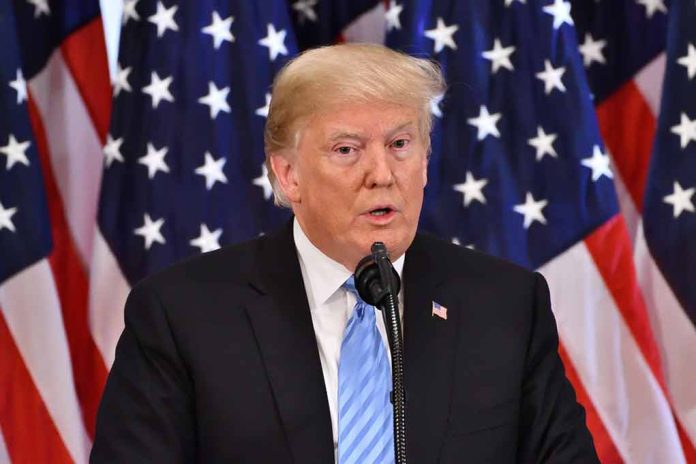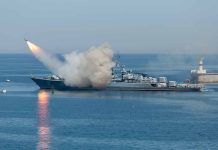
President-elect Donald Trump takes charge in resolving the Ukrainian crisis, engaging in diplomatic efforts with key European leaders.
At a Glance
- Trump is actively involved in unofficial diplomatic talks to end the war in Ukraine
- He has spoken with German Chancellor Olaf Scholz about achieving peace in Europe
- Trump’s peace plan includes freezing conflict lines and establishing a demilitarized zone
- The plan proposes delaying Ukraine’s NATO membership for 20 years
- Economic challenges in Europe may limit continued funding for Ukraine’s war effort
Trump’s Diplomatic Initiative
President-elect Donald Trump has taken a proactive stance in addressing the ongoing Ukrainian crisis, engaging in behind-the-scenes diplomacy with key European leaders. Trump’s unconventional approach draws from his past geopolitical criticisms and seeks to establish a renewed European stability. In recent developments, both Ukrainian and Russian leaders have been actively seeking influence with Trump following the US election.
Trump has engaged in discussions with German Chancellor Olaf Scholz, demonstrating his commitment to collaborative efforts for peace in Europe. This diplomatic initiative comes at a crucial time, as Germany faces significant economic challenges due to the war, particularly concerning energy supply issues following the Nord Stream pipeline sabotage.
Trump’s Peace Plan
The peace plan proposed by Trump involves several key elements aimed at resolving the conflict. These include freezing current conflict lines, ceding Russian-occupied Ukrainian territory to Moscow, and establishing a demilitarized zone. Additionally, the plan suggests delaying Ukraine’s NATO membership for 20 years, a move that could significantly alter existing political alignments in the region.
To maintain a strategic balance, the plan also proposes continued U.S. arms support as a deterrent against potential Russian aggression. This approach aims to address the complex territorial disputes while working towards a sustainable peace settlement.
European Political Landscape
The European political landscape has undergone significant changes, potentially favoring Trump’s peace initiatives. Chancellor Scholz’s coalition government in Germany has collapsed, resulting in a minority government until new elections. With Scholz’s Social Democrat Party trailing in polls, a new chancellor is likely by March. Similarly, French President Emmanuel Macron’s weakened position reduces the ability of France and Germany to oppose Trump’s peace plans.
These political shifts, combined with economic challenges across Europe, may limit the continent’s ability to continue funding Ukraine’s war effort without U.S. support. This situation underscores the importance of Trump’s diplomatic efforts in shaping the future of European stability.
Implications for Ukraine and Russia
As Trump’s diplomatic efforts progress, both Ukraine and Russia are actively seeking to influence the peace process. Ukrainian President Volodymyr Zelensky and Russian President Vladimir Putin have engaged in public statements aimed at gaining an advantage in the conflict resolution efforts promised by Trump. This diplomatic maneuvering highlights the complex nature of the negotiations and the high stakes involved for all parties.
Congratulations to @realDonaldTrump on his impressive election victory!
I recall our great meeting with President Trump back in September, when we discussed in detail the Ukraine-U.S. strategic partnership, the Victory Plan, and ways to put an end to Russian aggression against…
— Volodymyr Zelenskyy / Володимир Зеленський (@ZelenskyyUa) November 6, 2024
Trump’s reported conversation with Vladimir Putin, urging against escalation and hinting at potential U.S. military repercussions, demonstrates the delicate balance required in these negotiations. As the situation develops, the effectiveness of Trump’s unconventional approach to diplomacy and its impact on European stability remains to be seen.
Sources:
Zelenskiy, Putin Vie for Edge With Trump Ahead of Ukraine Pivot
Trump Speaks With German Leader Scholz About Ending Ukraine War to ‘Return Peace in Europe’














